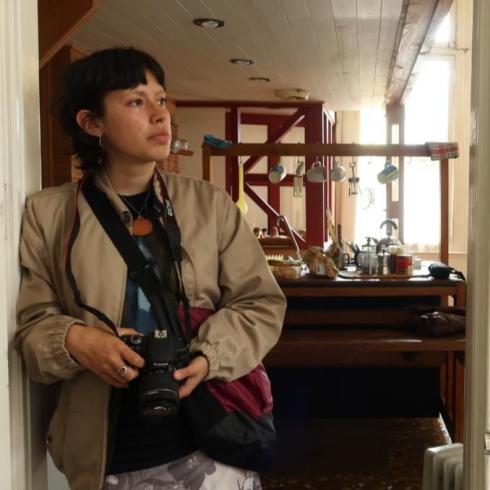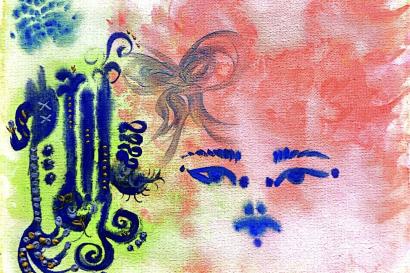Krakow is a city where history, culture, and tradition come together in the most charming way. On a recent visit to see my grandparents, we spent a few days exploring its iconic sites and soaking in the rich atmosphere of this Polish gem. It was a special trip, not only for the incredible places we visited but also because I had the chance to experience them with my family, who have always been deeply connected to this city.
Our first stop was Wawel Castle, a monumental fortress perched on a hill overlooking the Vistula River. The castle complex is an impressive blend of Gothic, Renaissance, and Baroque architecture, reflecting its long history as the seat of Polish kings. Walking through the lush courtyards and grand halls, I could almost feel the weight of the centuries. The State Rooms were particularly stunning, with their ornate tapestries and painted ceilings, and the Crown Treasury and Armory offered a glimpse into the royal wealth and splendor of Poland’s past.
Next to the castle is Wawel Cathedral, one of Krakow’s most iconic landmarks. This 14th-century church is a masterpiece of Polish Gothic architecture and has been the site of countless coronations and royal funerals. Its soaring towers and intricate details draw you in, but it’s the interior that truly takes your breath away. From the gilded altars to the elaborate tombs of kings and saints, every corner of the cathedral is a testament to Poland’s rich spiritual and cultural heritage. Climbing the bell tower to see the massive Sigismund Bell was a highlight—it offers panoramic views of the city that are well worth the effort.
Another church we visited was St. Mary’s Basilica, located in the heart of the bustling Main Market Square. Its twin towers are instantly recognizable, and inside, the altar by Veit Stoss is a masterpiece of medieval craftsmanship. At the top of every hour, a trumpet call echoes from one of the towers, a tradition that dates back to the 13th century. Standing in the square, listening to the melody, and watching the lively crowds below was a moment that perfectly encapsulated the spirit of Krakow.
While the churches and the castle are undeniably the stars of Krakow’s historical scene, the city has more modern treasures to offer as well. One of the most unexpected highlights of our trip was the Manggha Museum of Japanese Art and Technology. It’s a strikingly contemporary building on the banks of the Vistula, a contrast to the historical architecture that dominates the city. Inside, the museum showcases an incredible collection of Japanese art, from woodblock prints to contemporary installations. It was fascinating to see how Krakow embraces international culture, and it made me appreciate the city’s openness to diverse artistic expressions.
After a day of sightseeing, we ended our trip with a traditional Polish dinner at a cozy restaurant in the Old Town. My grandparents guided me through the menu, and we decided on some classic dishes. We started with żurek, a sour rye soup served with a boiled egg and sausage, followed by pierogi stuffed with potatoes, cheese, and onions. For the main course, I tried bigos, a hearty stew made with sauerkraut and various meats, and we all shared a platter of crispy potato pancakes topped with mushroom sauce. The meal wouldn’t have been complete without a slice of sernik, a Polish cheesecake, for dessert.
Sharing this meal with my grandparents was a perfect way to reflect on the day. Krakow is a city that feels both timeless and vibrant, steeped in history yet alive with creativity and warmth. Whether exploring its ancient churches, wandering through its bustling squares, or enjoying its culinary delights, every moment here feels special. Traveling with family made it even more meaningful, and I’m grateful for the chance to reconnect with both my heritage and this remarkable city.

Layla Santiago
An avid hiker and rookie musician, I love being outdoors and jamming on the guitar whether solo or with friends. Having Mixtec, Mexican, and Polish heritage has allowed me to appreciate diverse cultures and perspectives.





